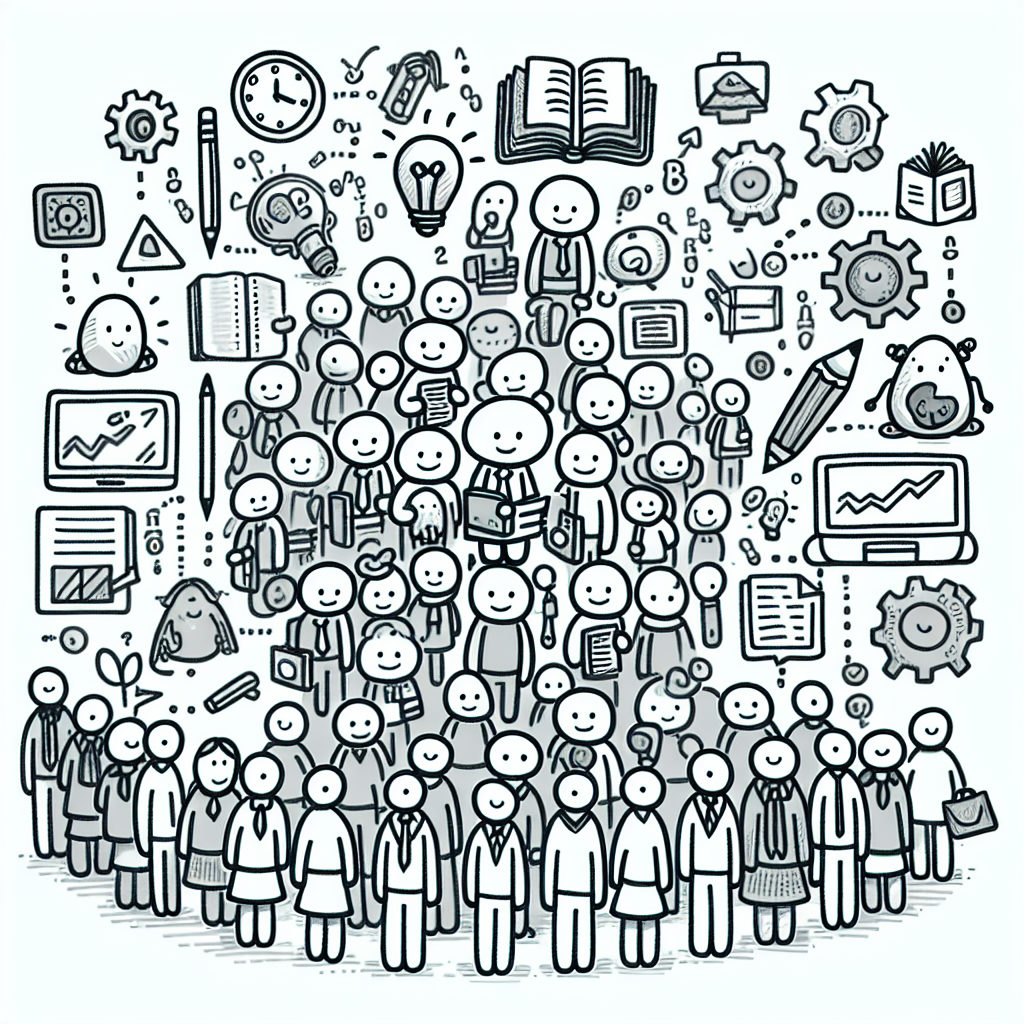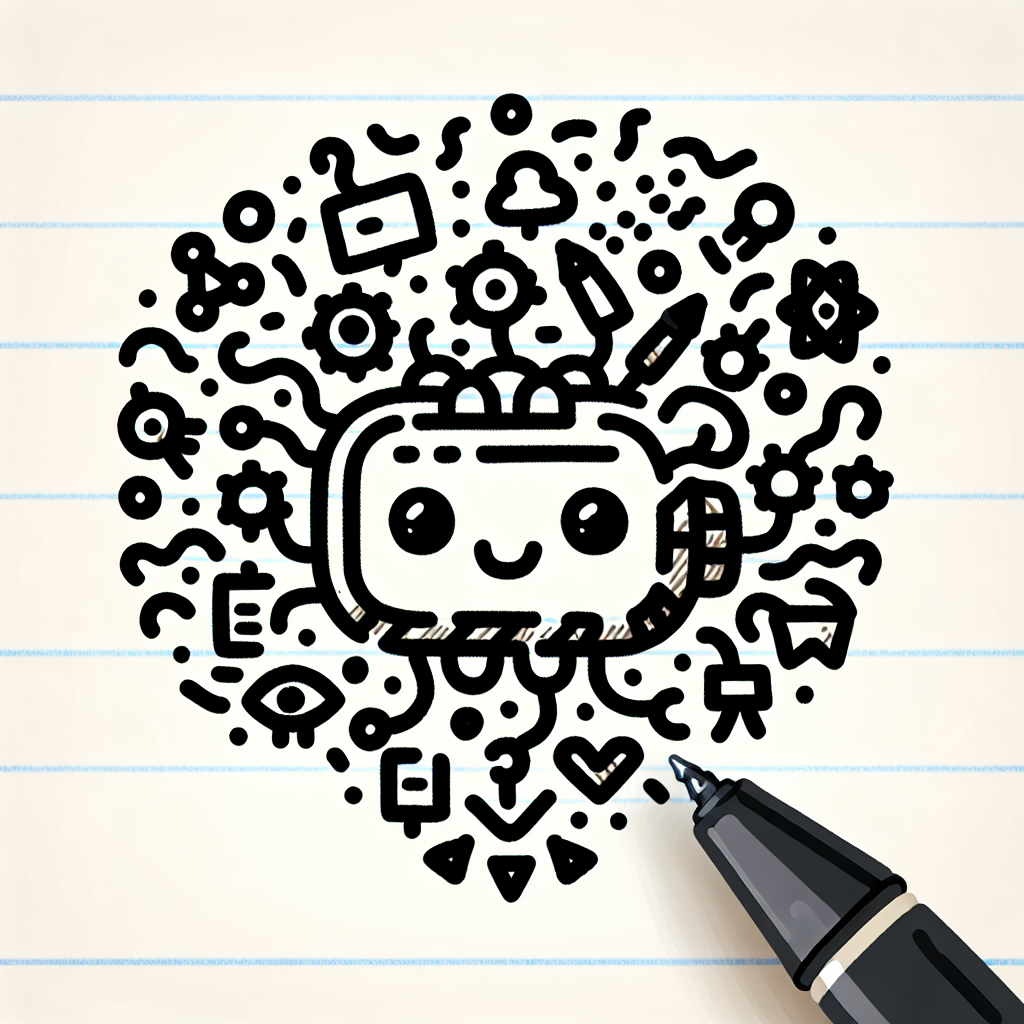Introduction
Personalized learning is an educational approach that tailors instruction, content, and learning pace to the individual needs, preferences, and interests of each student. Unlike traditional instruction, which typically follows a one-size-fits-all model where all students receive the same material at the same pace, personalized learning aims to adapt educational experiences to support student progress more effectively.
This approach has gained increasing relevance in both K-12 and higher education settings. Advances in educational technology, data analytics, and artificial intelligence have made it more feasible for educators to customize learning paths at scale. Schools and universities are implementing personalized learning models to improve student engagement, motivation, and achievement.
Research supports the effectiveness of personalized learning. A 2015 study by the RAND Corporation found that students in schools implementing personalized learning practices made greater gains in mathematics and reading compared to their peers in more traditional settings. Additionally, the Bill & Melinda Gates Foundation has reported positive outcomes from personalized learning initiatives, citing improved academic performance and student satisfaction (RAND Corporation, 2015).
These findings suggest that personalized learning holds promise as a strategy to enhance educational outcomes by meeting students where they are and helping them progress at their own pace.

The Foundations of Personalized Learning
What Is Personalized Learning?
Personalized learning is an educational approach that adapts instruction to meet the individual needs, skills, and interests of each student. It is built on three core principles: student agency, tailored pacing, and competency-based progression.
Student agency refers to giving learners control over aspects of their education, such as setting goals, choosing learning strategies, and reflecting on their progress. Tailored pacing allows students to move through content at a speed that suits their understanding, while competency-based progression ensures they advance only when they demonstrate mastery of a topic.
There are several types of personalization in this model:
- Content personalization involves adapting what students learn based on their interests and skill levels.
- Feedback personalization provides timely, individualized responses to student work, helping them understand strengths and areas for improvement.
- Learning path personalization customizes the sequence and methods through which students engage with material.
- Assessment personalization uses varied formats and timings to evaluate student progress in ways that are meaningful to the individual.
Theoretical and Pedagogical Underpinnings
The foundation of personalized learning is rooted in established educational theories.
Constructivist learning theory posits that learners actively construct knowledge through experience and reflection. Personalized learning supports this by allowing students to engage with material in ways that make sense to their existing knowledge and context.
Differentiated instruction is another key underpinning. It involves adjusting teaching strategies to accommodate diverse learners, which aligns with personalized learning’s goal of meeting students where they are.
Mastery-based learning models emphasize understanding over time spent in class. In personalized learning, this means students progress only after demonstrating mastery, reinforcing deeper learning and retention.
Together, these theories support a shift from traditional, one-size-fits-all instruction to a more individualized and effective approach.
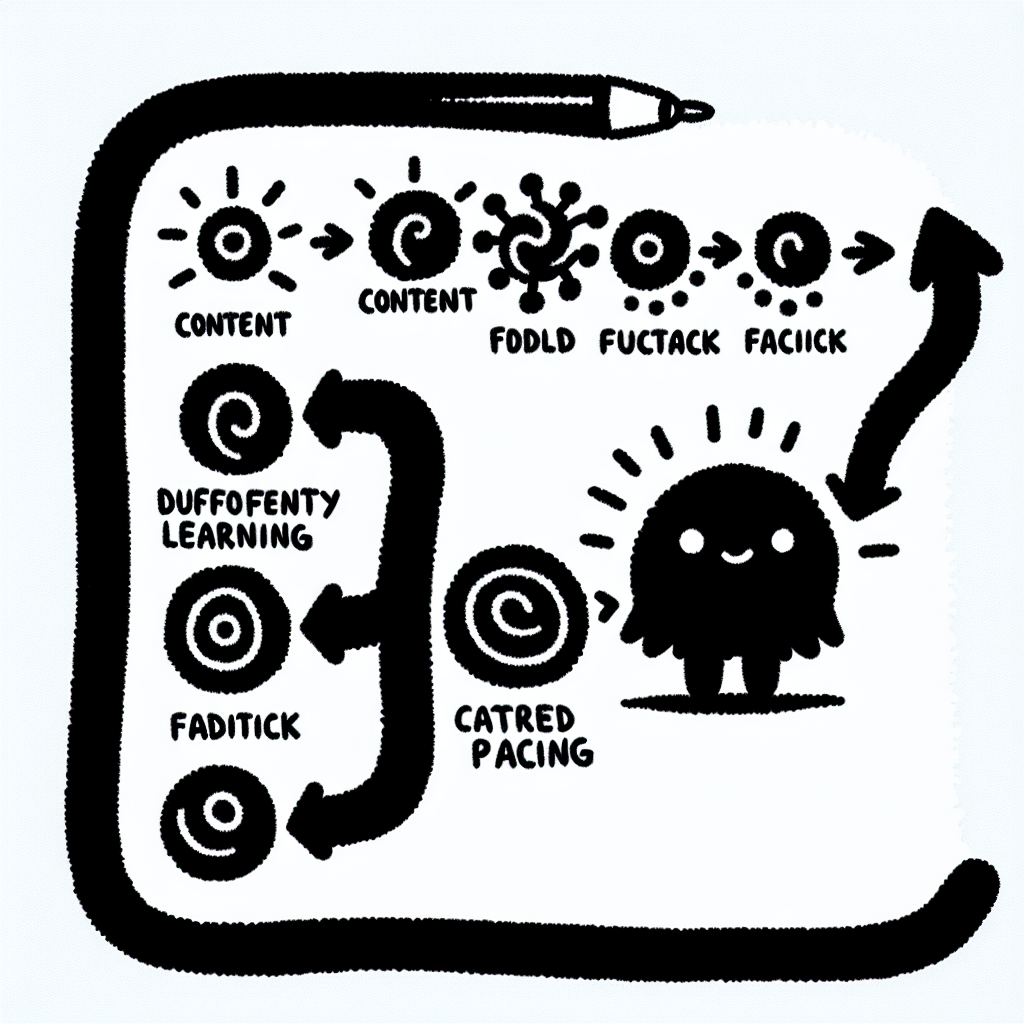
Technology-Driven Personalization
Role of Artificial Intelligence and Machine Learning
Artificial Intelligence (AI) and Machine Learning (ML) play a foundational role in advancing personalized learning. These technologies can assess individual learner profiles—such as prior knowledge, learning pace, and engagement patterns—and dynamically adapt instructional content in real time. This adaptability ensures that each student receives content that aligns with their current understanding and learning needs. Predictive analytics, a subset of AI, is also being used to forecast learner performance and identify areas needing intervention. According to "Personalized Education in the AI Era: What to Expect Next?", AI systems enable dynamic content adjustments that tailor the learning experience to individual students, promoting better engagement and outcomes.
Algorithmic Personalization in EdTech
EdTech platforms increasingly deploy algorithmic personalization to enhance user experience and learning efficiency. Recommendation systems suggest relevant courses, exercises, or resources based on a learner’s previous interactions and performance. The design of these algorithms is critical—not only for accuracy but also for fairness and transparency. Ethical considerations such as bias mitigation and data privacy must be embedded in algorithm development. Research from "Personalized Recommendations in EdTech: Evidence from a Randomized Controlled Trial" found that personalized content recommendations led to up to a 60% increase in usage in targeted sections, underscoring the impact of well-designed algorithmic systems on personalized learning.
Smart Curriculum Design
Smart curriculum design uses learner data to create adaptive learning paths that evolve with student progress. By analyzing performance metrics, systems can reorder content or introduce supplemental materials to address specific gaps. Integration of question difficulty rankings further enhances this process by ensuring that learners are gradually exposed to more challenging material in a scaffolded manner. For instance, the EduRank algorithm described in "A Difficulty Ranking Approach to Personalization in E-learning" improved student engagement with more difficult content without compromising learning outcomes. This demonstrates how data-driven design can optimize personalized learning pathways.
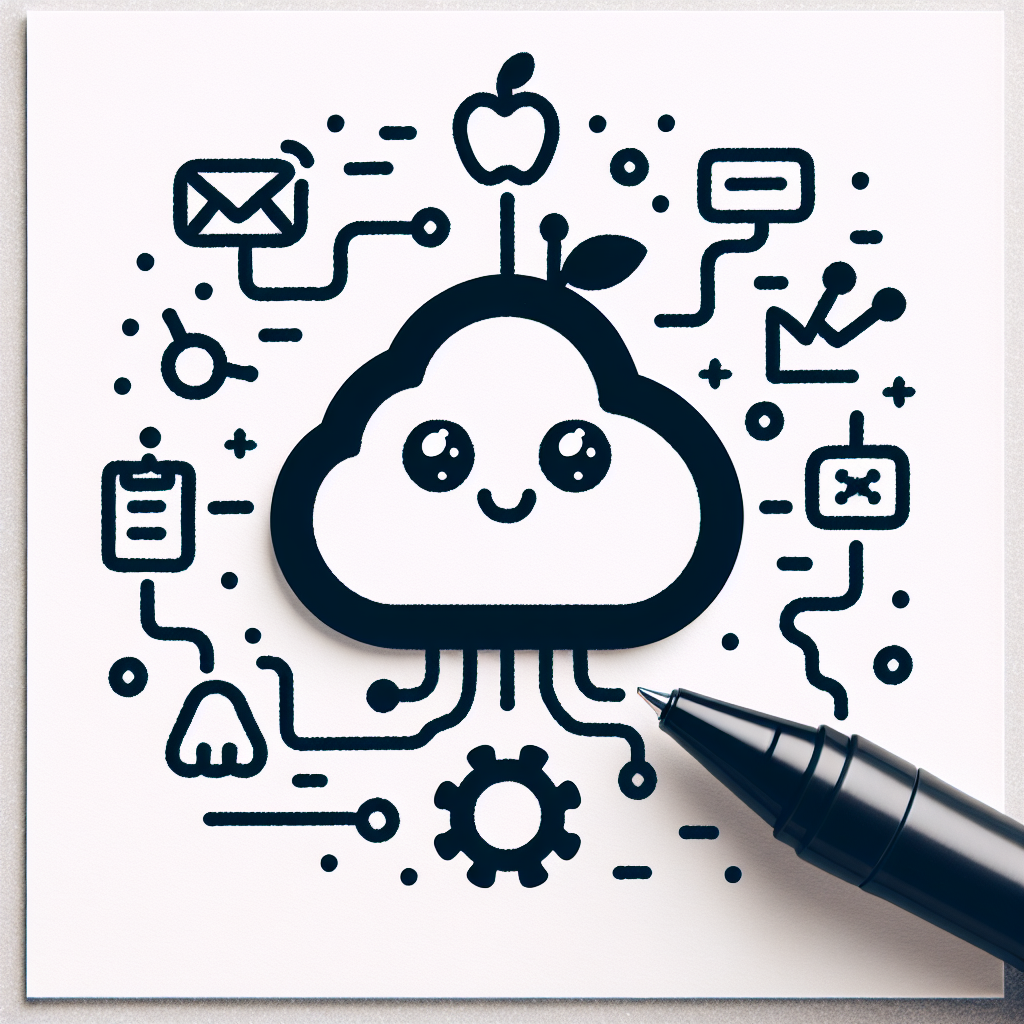
Impacts on Learner Engagement and Outcomes
Increased Engagement and Motivation
Personalized learning enhances student engagement by aligning educational content with individual interests, pace, and learning styles. When learners encounter material that resonates with their personal goals and abilities, they are more likely to feel intrinsically motivated. This intrinsic motivation leads to deeper focus, sustained effort, and a more positive attitude toward learning.
Additionally, gamification strategies—such as interactive quizzes, progress tracking, and reward systems—can be combined with personalized learning to further boost participation. By tailoring these elements to each learner’s preferences and progress, students experience a sense of ownership and investment in their educational journey.
Academic Performance and Mastery
Research supports the positive impact of personalized learning on academic achievement. Personalized instruction allows students to progress at their own pace, ensuring they master foundational concepts before advancing. As a result, learners are more likely to retain information and apply it effectively.
The study "Personalized Education at Scale" found that delivering content tailored to individual student needs led to significant performance gains across diverse student populations. These outcomes highlight the potential of personalized learning to improve mastery and retention across a broad range of educational contexts.
Equity and Access
Personalized learning also has the potential to address equity in education. By adapting instruction to meet each student’s unique needs, it can help bridge achievement gaps, particularly for learners who may be underserved in traditional classroom settings.
However, challenges remain in ensuring that all students have equitable access to the technologies and resources that enable personalized learning. Disparities in internet access, device availability, and digital literacy can limit the effectiveness of personalized approaches for some populations, underscoring the need for supportive infrastructure and inclusive implementation strategies.
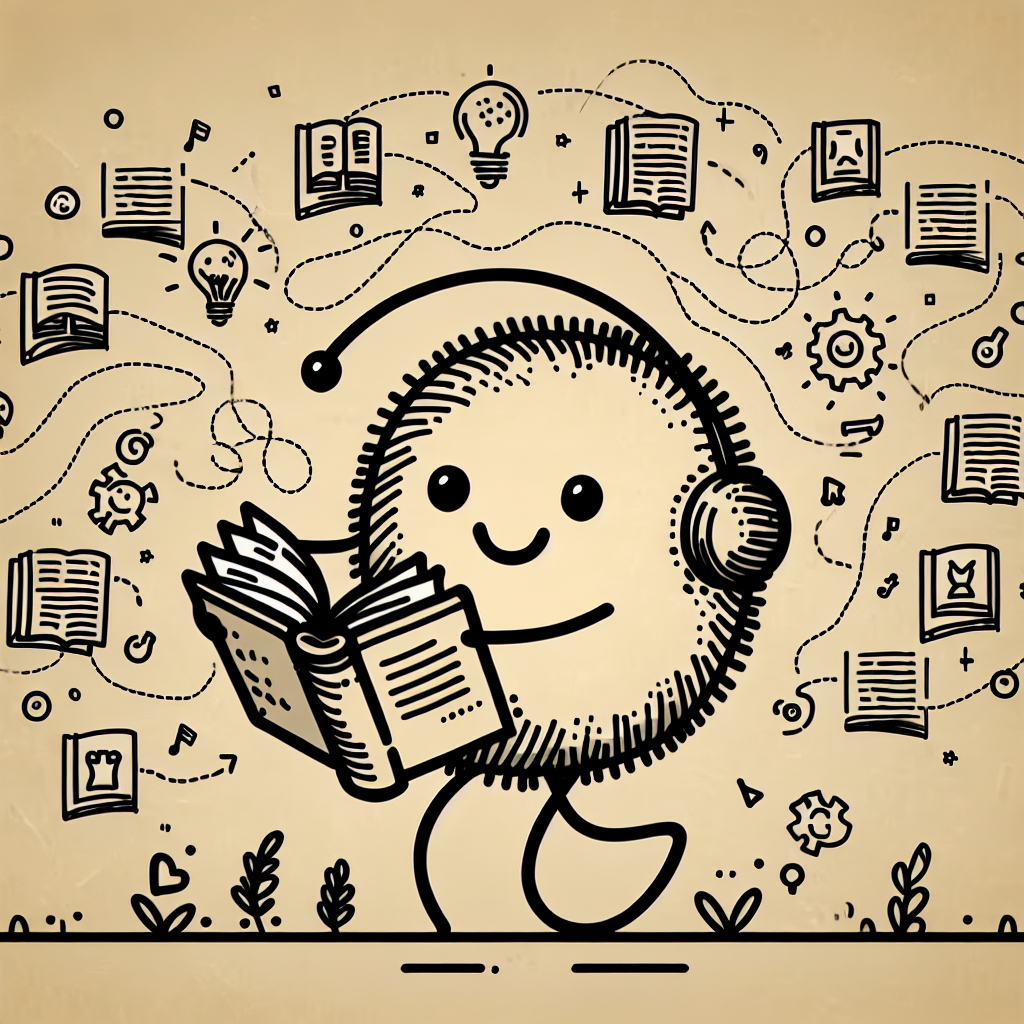
Implementation in Educational Settings
Case Studies and Practical Applications
Personalized learning has been adopted in various educational settings, with several school districts implementing district-wide strategies. For example, the Ohio Department of Education and Workforce offers extensive documentation on how districts across the state have integrated personalized learning approaches. These case studies highlight the use of learner profiles, flexible learning environments, and competency-based progressions that tailor instruction to individual student needs.
Infrastructure and Teacher Support
Successful implementation of personalized learning requires both technological infrastructure and strong educator support. Schools must ensure that their technology systems are aligned with instructional goals, enabling the collection and analysis of student data to inform teaching strategies. Equally important is professional development for educators. Teachers need targeted training to effectively use digital tools, interpret learning analytics, and design personalized instructional pathways.
Scalability and Sustainability
While personalized learning offers promising results, scaling it across diverse educational contexts presents challenges. Variations in funding, technology access, and local policy can hinder widespread adoption. To address these barriers, robust data systems and cross-functional collaboration among educators, administrators, and technology providers are essential. Research such as the Personalized Recommendations in EdTech: Evidence from a Randomized Controlled Trial demonstrates that personalization algorithms can be scaled without compromising learning outcomes, supporting the viability of personalized learning on a larger scale.
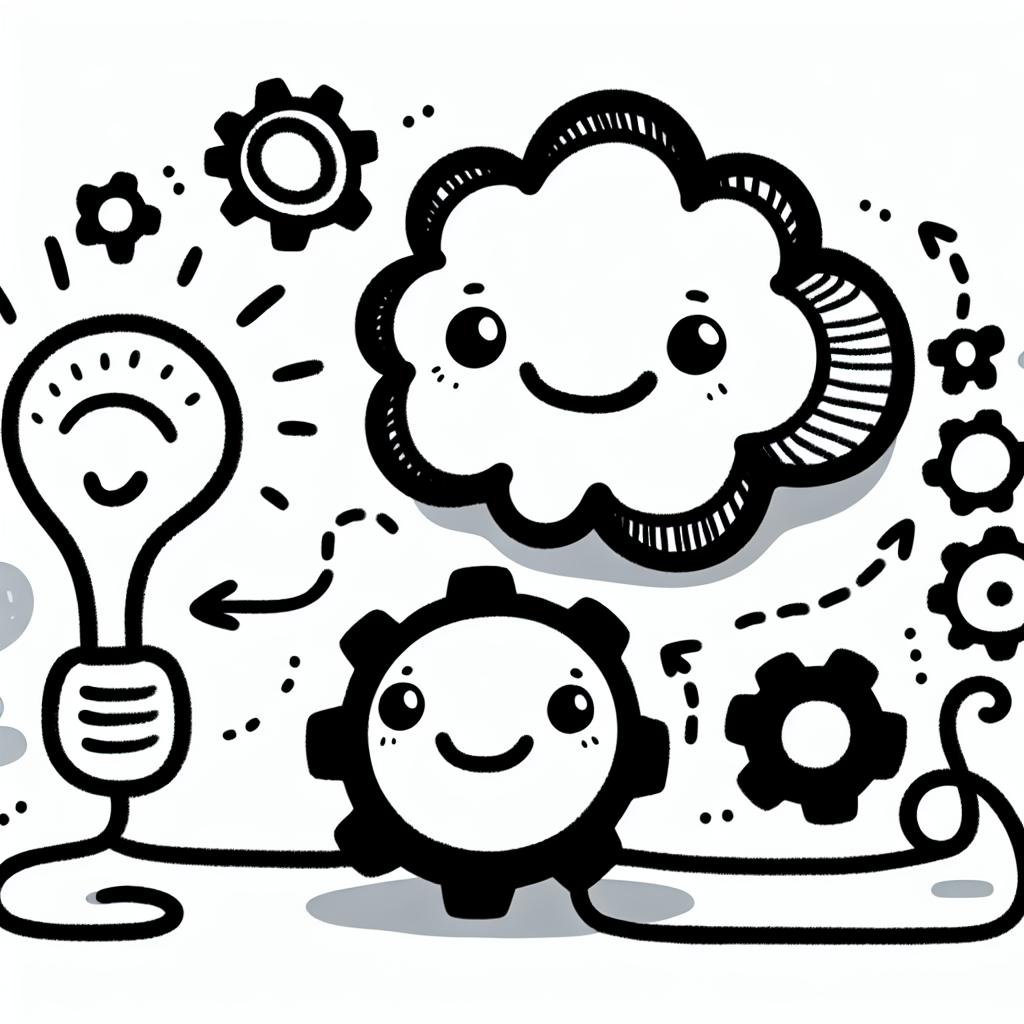
Ethical Considerations and Challenges
Data Privacy and Security
Personalized learning relies heavily on collecting and analyzing student data to tailor educational experiences. This raises significant concerns about how sensitive data is managed. Schools and educational platforms must ensure that student information is stored securely and used responsibly. Clear data governance policies, compliance with regulations like FERPA and GDPR, and transparent communication with students and families are essential to maintaining trust.
Algorithmic Bias and Transparency
Algorithms used in personalized learning systems can unintentionally reinforce existing inequities. If training data reflects societal biases, the system may offer unequal opportunities to learners from different backgrounds. For example, a biased algorithm might track students into less challenging content based on demographic factors. To mitigate these risks, developers must prioritize fairness and regularly audit systems for bias. Additionally, explainable AI is crucial in education—educators and students should understand why specific recommendations are made, not just receive them blindly.
Balancing Automation and Human Touch
While automation can enhance efficiency in personalized learning, it should not replace human judgment. Educators play a critical role in interpreting algorithmic outputs, contextualizing them within a student’s broader learning journey, and providing emotional and instructional support. The most effective systems are those that empower teachers rather than sideline them, using technology as a tool to support, not supplant, human insight.

The Future of Personalized Learning
Innovations on the Horizon
Emerging technologies are set to transform personalized learning. Next-generation adaptive systems are becoming more sophisticated, using real-time data analysis and machine learning to adjust content and pacing based on individual learner needs. These systems move beyond simple branching logic to provide nuanced, responsive instruction tailored to each student's progress.
Augmented reality (AR) and virtual reality (VR) are also gaining traction as tools for immersive, personalized learning experiences. By simulating real-world environments or complex scientific processes, AR/VR can adapt content delivery in ways that match a learner’s preferred style and pace. These technologies make abstract concepts more tangible and learning more engaging.
Policy and Research Directions
For personalized learning to reach its full potential, robust research is essential. Longitudinal studies are needed to assess the long-term impact of personalized approaches on student achievement, engagement, and equity. Most current evaluations are short-term and lack the depth to inform systemic change.
Policy frameworks must also evolve to support personalized learning. This includes creating standards for data privacy, ensuring equitable access to technology, and providing guidance on ethical use of AI in education. Policymakers and educators must collaborate to set clear guidelines that uphold student rights while enabling innovation in personalized learning.
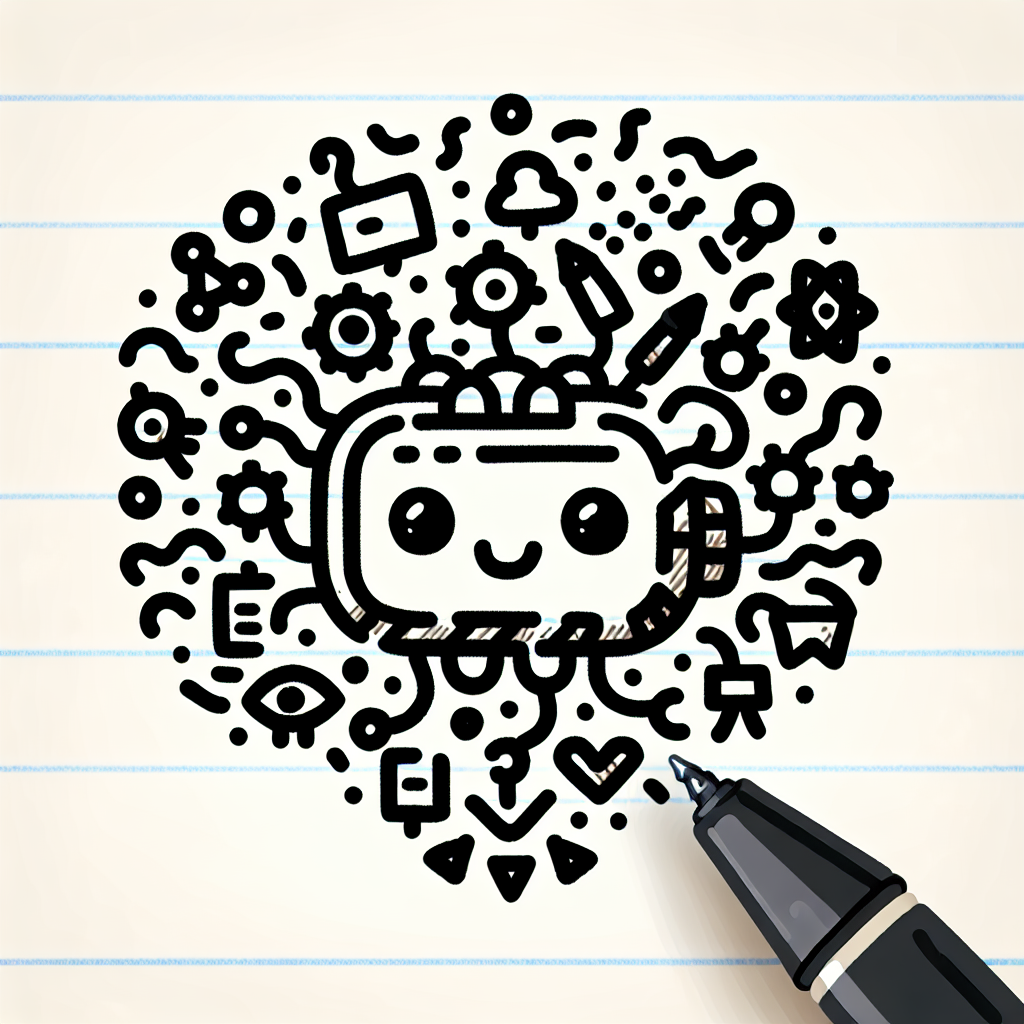
Conclusion
Personalized learning has the potential to transform education by adapting instruction to meet the unique needs, strengths, and interests of each student. This approach can drive engagement, improve academic outcomes, and foster lifelong learning skills.
To realize this potential, collaboration is essential. Educators, policymakers, and technologists must work together to design, implement, and refine personalized learning systems that are effective, scalable, and equitable.
Ongoing improvement is key. Strategies must be continuously evaluated and adjusted to ensure they serve all learners fairly, particularly those from historically underserved communities. By prioritizing equity and embracing innovation, stakeholders can shape a more inclusive and responsive educational future through personalized learning.
